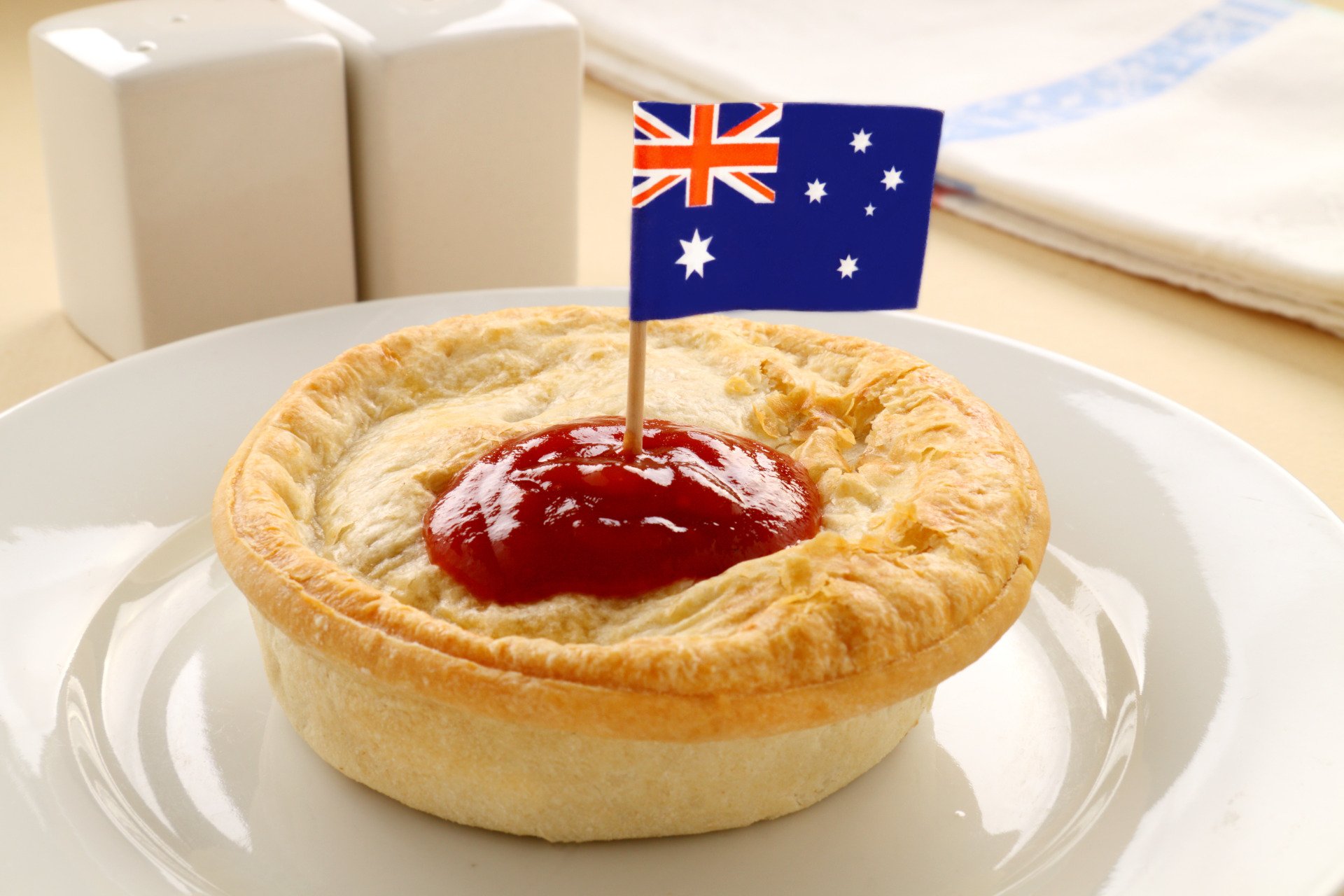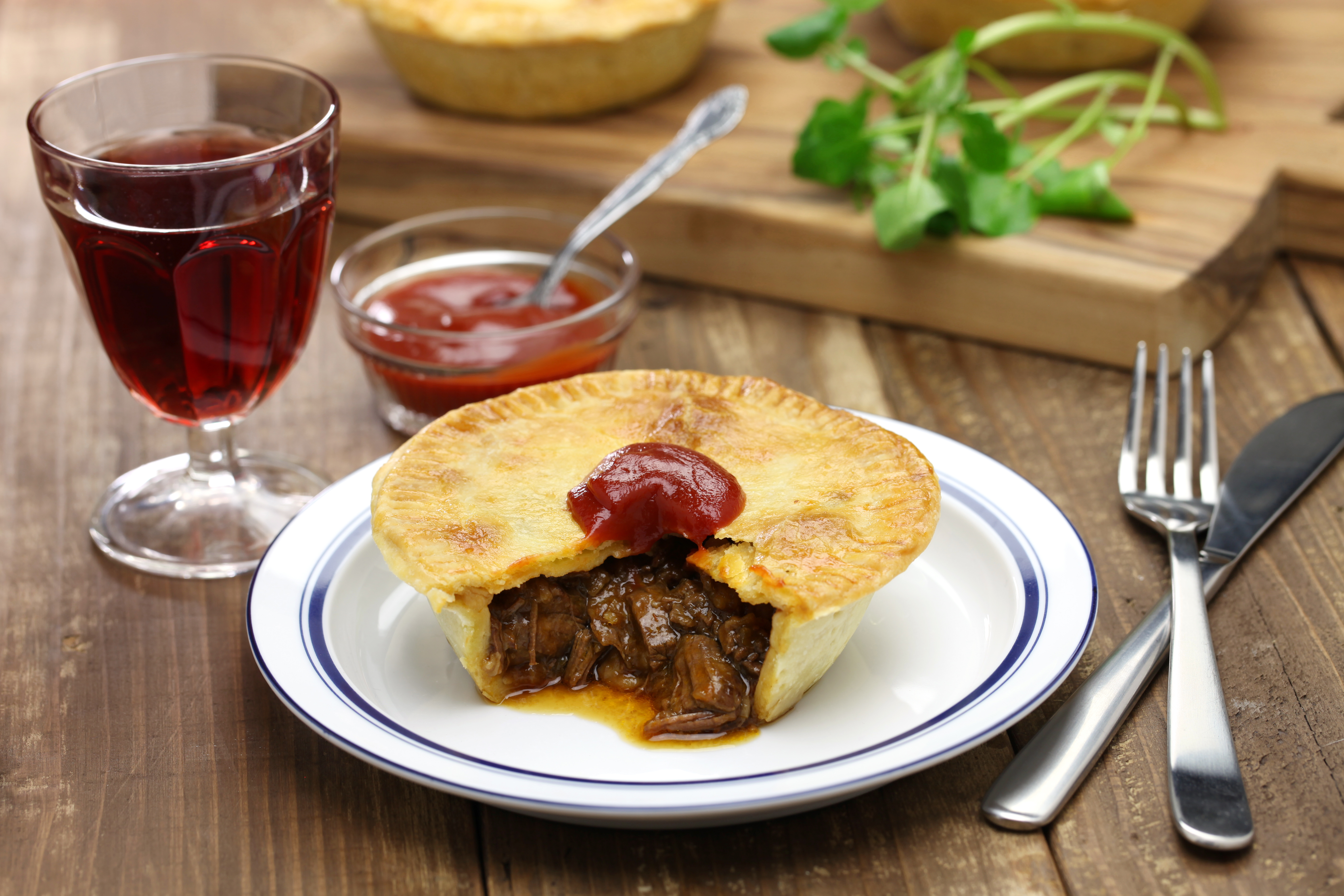Embark on a culinary adventure with Australian cuisine recipes, where indigenous traditions blend seamlessly with global influences. From the iconic meat pie to the delicate pavlova, Australian dishes showcase a vibrant tapestry of flavors that reflect the country’s rich history and diverse culinary landscape.
Prepare to tantalize your taste buds as we explore the essential ingredients and distinctive flavors that define Australian cooking. Discover the secrets behind popular dishes and regional variations, uncovering the unique culinary stories that have shaped Australia’s gastronomic identity.
Australian Cuisine: A Historical Perspective
Australian cuisine has undergone a remarkable evolution, shaped by a rich tapestry of influences. From its indigenous roots to modern culinary trends, the Australian food landscape has been transformed by British colonization, immigration, and globalization.
Indigenous Influences
The earliest inhabitants of Australia, the Aboriginal and Torres Strait Islander peoples, possessed a deep understanding of the land’s natural resources. Their diet consisted primarily of native plants, animals, and seafood, including kangaroo, emu, and barramundi. Traditional cooking methods, such as earth ovens and smokehouses, imparted unique flavors and textures to their dishes.
British Colonization
The arrival of British settlers in the 18th century brought a new wave of culinary influences. British staples like wheat, beef, and dairy became commonplace, while traditional Aboriginal ingredients were gradually incorporated into colonial cuisine. The result was a fusion of flavors and techniques that laid the foundation for modern Australian cooking.
Immigration and Globalization
In the 20th century, Australia experienced a surge in immigration from diverse cultures around the world. This influx of people brought with them their own culinary traditions, which further enriched the Australian food scene. From Italian pasta and pizza to Chinese stir-fries and Vietnamese pho, Australian cuisine became a melting pot of global flavors.
Globalization also played a role, introducing new ingredients and cooking techniques from far-off lands.
Key Ingredients and Flavors

Australian cuisine is renowned for its vibrant flavors and use of fresh, local ingredients. At its core, Australian dishes feature a harmonious blend of European culinary traditions with the unique flavors of native Australian produce.
The distinctive flavors of Australian cuisine can be attributed to several key ingredients:
Fresh Produce
- Australian cuisine places a strong emphasis on fresh, seasonal produce. Fruits and vegetables such as tomatoes, zucchini, eggplant, and capsicum (bell peppers) are widely used in dishes.
- Australian farmers cultivate a diverse range of high-quality fruits and vegetables, providing chefs with an abundance of fresh ingredients to create vibrant and flavorful dishes.
Seafood
- Australia’s extensive coastline and abundant marine life provide an endless supply of fresh seafood.
- Popular seafood choices include barramundi, snapper, tuna, and oysters, which are often grilled, pan-fried, or steamed to preserve their delicate flavors.
Meat
- Australia is renowned for its high-quality beef, lamb, and pork.
- Australian meat is known for its tenderness, juiciness, and rich flavor, making it a staple ingredient in many traditional and modern Australian dishes.
Popular Dishes and Regional Variations
Australian cuisine boasts an array of iconic dishes that have become synonymous with the nation’s culinary identity. From the humble meat pie to the delicate lamington and the ethereal pavlova, these dishes showcase the diverse flavors and culinary traditions that have shaped Australian gastronomy.
Regional variations in Australian cuisine further enrich the culinary landscape, with each state offering unique dishes and culinary traditions that reflect the local history and produce.
Iconic Australian Dishes
Meat pies, a staple of Australian cuisine, are a savory pastry filled with minced meat, gravy, and vegetables. The iconic lamington, a square of sponge cake dipped in chocolate icing and rolled in desiccated coconut, is a beloved dessert enjoyed by Australians of all ages.
Pavlova, a meringue-based dessert topped with whipped cream and fresh fruit, is a classic dish that embodies the lightness and sweetness of Australian cuisine.
Regional Variations in Australian Cuisine
Each Australian state has developed its own culinary traditions, influenced by local produce and cultural heritage. Victoria is known for its hearty meat and potato dishes, such as the classic roast dinner. New South Wales is home to a vibrant seafood scene, with dishes like Sydney rock oysters and barramundi being popular favorites.
Queensland’s tropical climate has given rise to dishes that showcase fresh seafood and tropical fruits, such as Moreton Bay bugs and mango salsa. Western Australia’s vast coastline offers an abundance of seafood, including abalone and rock lobster, which are often featured in local dishes.
Influence of Indigenous Australian Cuisine
Indigenous Australian cuisine has had a profound influence on modern Australian dishes. Traditional ingredients such as kangaroo, emu, and wattleseed have been incorporated into contemporary dishes, adding a unique Australian flavor profile. Indigenous cooking techniques, such as smoking and bush tucker, have also been adopted by modern Australian chefs, creating a fusion of flavors that celebrates the nation’s culinary heritage.
Contemporary Australian Cuisine
Modern Australian cuisine is a dynamic and evolving culinary landscape, characterized by innovation, fusion, and the celebration of local ingredients. It has emerged as a distinct and globally recognized cuisine, blending traditional Aboriginal flavors with influences from various cultures.
The Rise of Fusion Cuisine and International Flavors
Australian cuisine has become a melting pot of culinary traditions, with chefs embracing flavors from around the world. This fusion approach has led to the creation of innovative dishes that combine classic Australian ingredients with international techniques and seasonings. For example, kangaroo fillet might be paired with a Japanese miso glaze, while barramundi is often served with a Thai-inspired green curry sauce.
The Role of Celebrity Chefs and Food Festivals
Celebrity chefs have played a significant role in shaping Australian culinary culture. Chefs like Neil Perry, Maggie Beer, and Curtis Stone have showcased Australian ingredients and cooking techniques on television and in their restaurants, inspiring home cooks and promoting Australian cuisine internationally.
Food festivals, such as the Melbourne Food and Wine Festival and the Sydney Food Festival, provide platforms for chefs to showcase their culinary creations and for the public to experience the diversity of Australian cuisine.
Recipes and Cooking Techniques
Australian cuisine is a vibrant and diverse culinary landscape, reflecting the nation’s multicultural heritage and unique natural environment. From traditional Aboriginal bush tucker to modern fusion dishes, Australian cuisine offers a wide range of flavors and cooking techniques.In this section, we will provide a selection of authentic Australian cuisine recipes, along with descriptions of the cooking techniques and methods used.
We will also share tips and tricks for preparing and cooking Australian dishes successfully.
Traditional Australian Recipes
Traditional Australian cuisine is heavily influenced by the indigenous Aboriginal people, who have lived in the land for thousands of years. Aboriginal cuisine is based on the use of native plants, animals, and seafood, and many traditional dishes have been passed down through generations.Some
popular traditional Australian recipes include:
- Kangaroo tail stew: A hearty and flavorful stew made with kangaroo tail, vegetables, and spices.
- Witchetty grub stir-fry: A unique and delicious stir-fry made with witchetty grubs (edible insect larvae), vegetables, and herbs.
- Damper: A traditional Aboriginal bread made with flour, water, and salt.
Modern Australian Cuisine
Modern Australian cuisine is a fusion of traditional Aboriginal flavors with influences from European, Asian, and other global cuisines. Modern Australian chefs are known for their creativity and use of fresh, seasonal ingredients.Some popular modern Australian recipes include:
- Barramundi with lemon myrtle: A grilled or pan-fried barramundi fillet served with a lemon myrtle sauce.
- Lamb cutlets with rosemary and garlic: Grilled or roasted lamb cutlets seasoned with rosemary and garlic.
- Pavlova: A meringue-based dessert topped with whipped cream and fresh fruit.
Cooking Techniques and Methods
Australian cuisine uses a variety of cooking techniques and methods, including:
- Grilling: Grilling is a popular cooking method in Australia, and is used to cook a variety of meats, seafood, and vegetables.
- Roasting: Roasting is another popular cooking method, and is used to cook meats, poultry, and vegetables.
- Frying: Frying is used to cook a variety of foods, including meats, seafood, and vegetables.
- Stewing: Stewing is a slow-cooking method that is used to cook meats, vegetables, and beans.
- Baking: Baking is used to cook a variety of foods, including breads, cakes, and pastries.
Tips and Tricks for Cooking Australian Dishes
Here are some tips and tricks for preparing and cooking Australian dishes successfully:
- Use fresh, seasonal ingredients whenever possible.
- Don’t be afraid to experiment with different flavors and ingredients.
- Be patient when cooking Australian dishes, as many of them require slow cooking.
- Serve Australian dishes with a variety of accompaniments, such as sauces, relishes, and chutneys.
Closure
Australian cuisine continues to evolve, with contemporary chefs pushing boundaries and incorporating international influences. As Australian cuisine gains global recognition, it stands as a testament to the country’s vibrant culinary culture and its ability to captivate palates worldwide. Whether you’re a seasoned foodie or simply curious about exploring new flavors, these Australian cuisine recipes offer a delightful culinary journey that will leave you craving for more.
Common Queries
What is the most popular Australian dish?
The meat pie is considered the most iconic Australian dish, enjoyed by people from all walks of life.
What are the key ingredients in Australian cuisine?
Australian cuisine heavily utilizes fresh produce, seafood, and meat, along with native ingredients like bush tomatoes and lemon myrtle.
What is the influence of indigenous Australian cuisine on modern dishes?
Indigenous Australian ingredients and cooking techniques have significantly influenced modern Australian cuisine, adding unique flavors and culinary traditions.
How can I cook Australian dishes successfully?
Follow authentic Australian cuisine recipes, use fresh ingredients, and experiment with native flavors to recreate the authentic taste of Australia.

